Japan is a country that’s very connected with its traditions, and once you begin traveling there, you’ll soon see just how these traditions govern day-to-day life in the country. We’ve visited Japan a few times and every time we return we find something new to endear us to this destination. From the fantastic food and the friendly people to the varied landscapes and ancient old towns, Japan never disappoints.
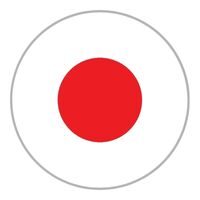
Many people see Japan as a sprawling metropolis of futuristic highways and glowing billboards, but that’s only a small slice of this large Asian nation. Step away from the buzzing streets of Osaka and the towering skyscrapers of Tokyo and you’ll quickly realize that Japan has a lot of quiet countryside to explore.

In this Japan Travel Guide, we’ll help you to better understand the country before visiting and help you best plan your trip.
Recent Japan Blog Posts

12 Best Things To Do in Aomori, Japan in 2023

Travel Guide to Nakatsugawa – Japan’s Hidden Gem

Travel Guide to Okayama: Japan’s Land Of Sunshine
Places To Visit in Japan
Japan is one of those countries where you could spend a lifetime and still only scratch the surface. In total, we’ve spent nearly a month in Japan and we’ve been to some pretty off-track places. But still, we can’t wait to return and explore even more of the country.
Something that surprises many visitors is that Japan is actually an archipelago that’s comprised of 6,852 islands, (of which, 430 are inhabited). While most visitors stay on the main island of Honshu where Tokyo, Kyoto, Osaka, and many more main cities are located, there are so many different places to explore in the country.
Tokyo, Osaka, Kyoto and Nara are some of the most popular tourist destinations in Japan. Each city offers something unique and interesting for visitors to enjoy. But there are far more places to visit in Japan. Here’s a list of a few of our favorite places to visit in Japan:

Tokyo: Tokyo is the capital of Japan and is home to a large number of museums, temples, and parks. Tokyo is always our first port of entry when traveling to Japan and the city’s energy always conjures up our traveler nostalgia.
There’s just a really special energy to the city amongst its towering skyscrapers and residential blocks.
Osaka: Osaka is a large port city that’s best known for its vibrant nightlife and delicious food. The city is also home to several attractions, including the Osaka Castle and Universal Studios Japan.
Kyoto: Kyoto was the former capital of Japan and is home to a large number of historic temples and shrines. The city also has a rich cultural heritage and is known for its traditional arts and crafts.
This is where we stayed in our first Ryokans (traditional Japanese accommodation with an onsen – hot spring) and it was a fantastic experience. There’s probably the largest selection of Ryokans in Kyoto so if you haven’t had a Ryokan experience yet, this is the place to try.
Nara: Nara is located just outside of Kyoto and is home to many ancient Buddhist temples and Shinto shrines. The city is also famous for its deer park, which is home to over 1,000 deer.
Tohoku: Tohoku is a beautiful region in northeastern Japan that’s often overlooked by tourists. The region is home to a number of charming towns and villages, as well as some of the most stunning scenery in the country. Tohoku is also famous for its delicious food, which can be sampled at local restaurants and festivals.

We visited Tohoku as part of a press trip to promote the region and we were pleasantly surprised. We’d never heard of it before, and may have never visited were it not for that trip. We would definitely return. Don’t miss Aomori and Akita in the Tohoku region.
Nakatsugawa: Hiking along the Nakasendo Way, visiting the stunning Yumori Park, and exploring the Naegi Castle are just some of the unique things we did during our stay in Nakatsugawa. Make sure to add it to your list, and have a look at our full travel guide to Nakatsugawa here.
Below you’ll find all of our posts about places to visit in Japan. We’ve traveled the country on two occasions, spending nearly a month there in total. Hopefully, the below list will help you decide where you want to visit in Japan.
Things To Do in Japan
From the futuristic robot show in Tokyo to the peaceful, multi-day trekking opportunities along the Nakasendo Way, Japan has many contrasting experiences ready and waiting to wow its visitors.
Japan is a fascinating country with a rich culture and history. There are so many things to see and do in Japan that it can be difficult to know where to start. Here are some of the best things to do in Japan:

Visit a Traditional Japanese Garden: There are many beautiful gardens throughout Japan, each with its own unique style. Some of the most famous gardens include the Korakuen Garden in Tokyo, the Kenrokuen Garden in Kanazawa, and the Ryoanji Temple Garden in Kyoto.
Explore a Traditional Japanese Temple: Japan is home to thousands of temples, each with its own interesting history and architecture. Some of the most famous temples include the Sensoji Temple in Tokyo, the Kiyomizu Temple in Kyoto, and the Todaiji Temple in Nara.
Take a Walk Through a Traditional Japanese Village: Many villages throughout Japan are still preserved in their traditional form, with thatched-roof houses and narrow streets. A walk through one of these villages is a great way to experience traditional Japanese culture.
Visit Hiroshima or Nagasaki: These two cities were both destroyed by atomic bombs during World War II, and they offer a poignant reminder of the horrors of war. Today, both cities have been rebuilt and are now popular tourist destinations.

See Mount Fuji: Mount Fuji is Japan’s most famous mountain and one of the most iconic sights in the country. It can be seen from miles away and is a popular destination for hikers.
Sample Some Sake: Sake is a popular alcoholic drink in Japan, made from rice wine. There are many different varieties of sake, each with its own unique flavor profile. A visit to a sake brewery is a great way to learn more about this distinctive drink and sample some for yourself.
Eat Sushi: Sushi is my favorite food by far, and there are so many incredible sushi restaurants in Japan.

From cheap conveyer-belt sushi for under $0.50 per piece to expensive sit-down sushi restaurants where a single nigiri can cost more than $10, there’s a bit of raw fish bliss for everyone in Japan.
Stay in a Ryokan: If you’re looking for an unforgettable experience while in Japan, consider staying in a Ryokan. We stayed in a few during our travels and they are some of the coolest traditional accommodations we’ve ever stayed in around the world.

A Ryokan is a traditional Japanese inn, and staying in one is a unique and memorable way to experience Japan’s culture and history. Most Ryokans are located in rural areas, and many of them offer onsen (hot springs) baths.
Ryokans vary widely in terms of price and amenities, but most of them offer simple rooms with futons instead of beds, tatami mats on the floor instead of carpets or tiles, and minimal furniture. Meals are also typically included in the price of a stay at a Ryokan, and they usually consist of traditional Japanese dishes like sushi, tempura, and soba noodles.

Many Ryokans also have onsen baths available to guests which are hot springs that can be enjoyed either indoors or outdoors. They’re considered to be very relaxing and therapeutic – we definitely agree! Staying at a Ryokan is a great way to experience traditional Japanese culture first-hand, and it’s definitely an experience you won’t forget anytime soon.
Below, you’ll find all of our posts from the blog that include things to do in different destinations around Japan. Hopefully these posts will help you with your travel planning for Japan.
Cost of Travel in Japan
When planning a trip to Japan, it’s important to consider the cost of travel. Japan is a relatively expensive country to visit, but there are ways to minimize expenses. This guide will provide an overview of the cost of traveling in Japan, with information on daily spending for budget, midrange, and top-end travelers.

So, how much does it cost to travel in Japan? Here’s a breakdown of average costs for budget, midrange, and top-end travelers:
Budget ($80/day): Budget travelers in Japan can expect to spend around $80/day. This includes expenses for transportation, dorm bed accommodation, and food. While there are cheaper options available, budget travelers will likely need to compromise on quality or authenticity when it comes to meals and accommodations.
Midrange ($150-$300/day): Midrange travelers in Japan can expect to spend around $75-$150/day. This includes expenses for transportation, hotel room, and food. Midrange travelers can enjoy better quality and more authentic meals than budget travelers, but will still need to watch their spending when it comes to transportation and accommodation.
Top-End ($500+/day): Top-end travelers in Japan can expect to spend around $500+/day. This includes expenses for first-class transportation, five-star accommodation, and high-end dining. Top-end travelers will have no trouble enjoying the best that Japan has to offer, but they’ll need to be prepared to pay a premium for it.
When planning a trip to Japan, it’s important to consider the cost of travel. Japan is a relatively expensive country to visit, but there are ways to minimize expenses. This guide will provide an overview of the cost of traveling in Japan, with information on daily budgets for budget, midrange, and top-end travelers.
Transportation: The cost of transportation in Japan is relatively high. A one-way ticket on the Shinkansen (bullet train) can cost anywhere from 4,000 yen to 13,000 yen depending on the distance traveled.
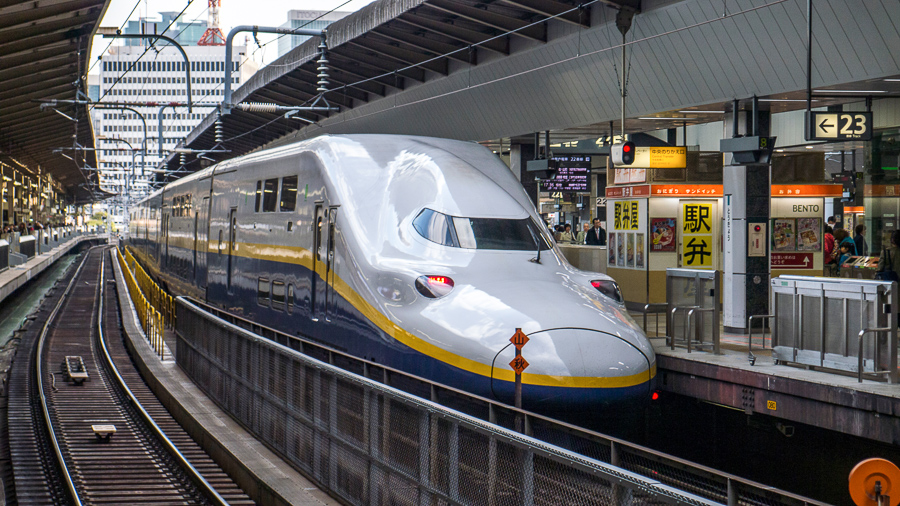
However, there are ways to save money on transportation. For example, many regional trains offer discount tickets if purchased in advance. And while taxis can be expensive, Uber is available in many major cities and is often a cheaper option.
Accommodation: Accommodation is also relatively expensive in Japan. A basic hotel room can cost anywhere from 3,000 yen to 10,000 yen per night, though there are often discounts available if booked in advance. There are also a number of hostels and ryokans (traditional Japanese inns) throughout the country where you can stay for a fraction of the price of a hotel room.
Food: Food is another major expense when traveling in Japan. A meal at a cheap izakaya (Japanese pub) can cost as little as 1,000 yen, but most meals will likely be much more expensive. It’s possible to find cheaper food options such as convenience stores or noodle shops, but they tend to be less authentic and of lower quality than restaurants offer.
Tours: Tours are a great way to see Japan and its many attractions without having to worry about transportation or accommodation. There are a variety of different tours available, from day tours to extended tours that last several days. Here’s a breakdown of the average cost for day tours and extended tours in Japan.
Day tours in Japan typically cost between 5,000 yen and 10,000 yen per person. This includes transportation, admission fees to attractions, and sometimes lunch or dinner. Day tours are a great way to see a lot of Japan in a short amount of time, but they can be quite expensive if you’re not mindful of your spending.

Extended tours in Japan typically cost between 15,000 yen and 30,000 yen per person per day. This includes transportation, admission fees to attractions, lodging, and most meals. Extended tours are excellent value for money when compared to buying individual tickets for transportation and attractions separately. They also allow travelers more time to explore each destination without having to worry about making their way back to the city each night.
Entry Fees: Entry fees are a major expense when traveling in Japan. While there are a number of free attractions, many of the country’s most popular sites charge admission fees. Here’s a breakdown of the average cost for entry fees to some of the most popular tourist destinations in Japan:
- Mount Fuji: The cost for climbing Mount Fuji varies depending on the season. During the peak season (July-August), the cost is 8,000 yen ($59.92 USD) per person. In other seasons, it costs 6,000 yen ($44.94 USD) per person to climb Mount Fuji.
- Fushimi Inari Taisha: The entrance fee to Fushimi Inari Taisha is 800 yen ($5.99 USD) per person. This includes admission to both the shrine and the trails that lead up to it.
- Kiyomizu-dera: The entrance fee to Kiyomizu-dera is 400 yen ($3.00 USD) per person. This includes admission to both the temple and its gardens.
- Tokyo Disneyland: Admission to Tokyo Disneyland costs 7,400 yen ($55.43 USD) for adults and 4,800 yen ($35.95 USD) for children aged 4-11 years old.
Where To Stay in Japan
Japan is a fascinating country with a rich culture and history. If you’re planning a trip to Japan, you’ll need to find accommodations. There are many different types of accommodation options in Japan, from hotels and ryokans to Airbnb and hostels. Here is a breakdown of the different types of accommodation options in Japan:

Hotels: Hotel rooms in Japan vary in price and quality. Mid-priced hotels are usually comfortable but may not have many amenities. Luxury hotels offer all the amenities you could want, as well as excellent service.
Ryokans: Ryokans are traditional Japanese inns that offer guests a unique experience. Ryokans usually have tatami mat floors and futon beds. They often also provide guests with yukatas (Japanese robes) and a type of sandal called “zori”. Most ryokans also include breakfast and dinner in their rates.
- Benesse House, Naoshima
- Gora Kadan, Hakone
- Shofu-an, Kyoto
Airbnb: Airbnb is a great option for those looking for something more unique than a hotel room. Airbnb offers a variety of accommodation options, including apartments, villas, and even boats. Airbnb is especially popular in Japan, so there are plenty of choices available.
- The Samurai Retreat in Kyoto
- Villa Kojima on Miyakojima Island
- The Beach House in Kamakura
Hostels: Hostels are a great option for budget-minded travellers. Hostels usually have dormitory-style rooms with shared bathrooms, as well as private rooms. They also typically include breakfast and other amenities such as WiFi and laundry facilities.
Capsule Hotels: Capsule hotels are unique to Japan and offer guests a very small but comfortable room to sleep in. Most capsule hotels include WiFi, showers, and lockers in their rates.
Food & Drink in Japan
Food in Japan has been influenced by many different cultures over the centuries. One of the most notable influences is from China, which can be seen in the country’s many noodle dishes. Other popular ingredients in Japanese cuisine include sushi, rice, and green tea.
There are a variety of different types of dishes in Japanese cuisine, ranging from simple fare like ramen noodles to more complex dishes like sushi. Some of the most popular flavors in Japanese food include soy sauce, miso, and ginger. There are also a wide variety of regional specialties throughout the country, each with its own unique flavors and ingredients.

Japanese cuisine is considered to be some of the healthiest in the world. The ingredients used are often very fresh, and the food is typically low in fat and calories. This makes it a popular choice for people looking for healthy options when dining out.
When it comes to Japanese cuisine, there are a variety of different dishes to choose from. But, if you’re looking for the best of the best, here are five meals that you definitely don’t want to miss.
Ramen Noodles: Ramen noodles are another staple of Japanese cuisine. These hearty noodles can be made with a variety of different toppings, making them a perfect meal for any occasion.
Curry Rice: Curry rice is a popular dish in Japan that combines spicy curry with fluffy white rice. This dish is perfect for those who love a good challenge when it comes to their taste buds.
Sukiyaki: Sukiyaki is a beef and vegetable dish that’s cooked in a sweet and savory broth. It’s one of the most popular dishes in Japan, and for good reason – it’s delicious!
Green Tea Ice Cream: Green tea ice cream is a must-try for anyone visiting Japan. This unique flavor is refreshing and decadent at the same time, and it’s the perfect way to end any meal.
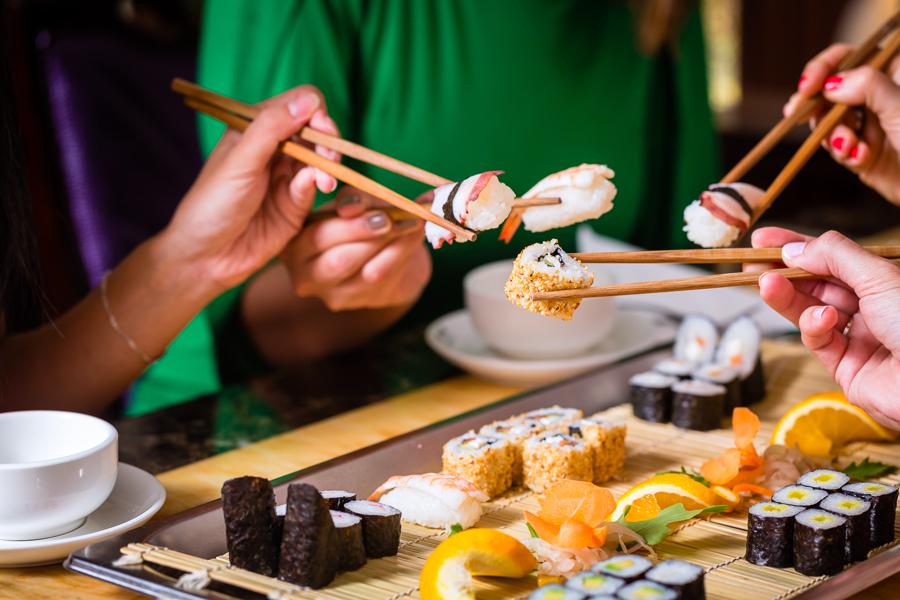
Sushi: Sushi is my favorite food in the world and it’s one of the most popular dishes in Japan for good reason. The combination of fresh seafood and rice is absolutely delicious. There are many different types of sushi to try, so be sure to experiment with different flavors and combinations.
Below are a few of the most popular sushi restaurants in the country:
Sushi Zanmai is a chain of sushi restaurants with locations throughout Japan. They serve traditional sushi dishes made with fresh, high-quality ingredients.
Sushiro is another popular chain of sushi restaurants, with locations nationwide. They offer a wide variety of sushi dishes, including both traditional and modern creations.
Edogawa is a small, family-owned sushi restaurant in Tokyo that’s been serving delicious sushi for generations. They specialize in traditional Japanese seafood dishes.
Yamamoto is a Michelin-starred sushi restaurant located in Kyoto. It offers an exquisite dining experience and some of the most creative sushi dishes in the country.
Japan Travel Information
Japan is a fascinating country with a rich culture and history. If you’re planning to visit Japan, there are some things you should know before you go.
Be aware that Japan is a very different place compared to most Western countries. Things like manners, etiquette, and social customs are quite different, so it’s important to do your research and be respectful of Japanese culture when visiting.
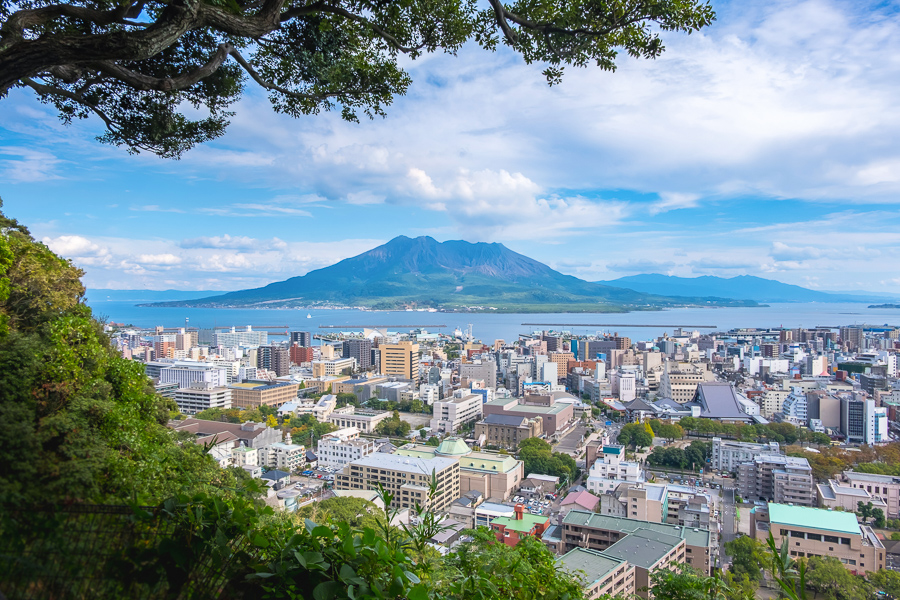
Japan is a pretty expensive country to visit. The cost of food, transportation, and accommodation can add up quickly, so be prepared to budget accordingly.
Japan is very safe and crime rates are low, so you can feel comfortable walking around at night and exploring the cities on your own.
Enjoy The Ride: Be prepared for some unique experiences while in Japan. You’ll likely encounter things like vending machines that sell beer and sushi restaurants that serve octopus tentacles! Be open to trying new things and you’re sure to have an amazing time while here.
Plan Ahead and Do Your Research: Japan is a very different place than most Western countries, so it’s important to familiarize yourself with the culture and customs before you go. Know what to expect and be respectful of Japanese culture. There are many do’s and don’ts here, brush up before going.
Budget Accordingly: Japan is an expensive country to visit, so make sure you have enough money saved up to cover your expenses.
Know You’re Safe: Japan is a very safe country with low crime rates, so you can feel comfortable walking around at night and exploring the cities on your own.
Learn Some Basic Japanese Phrases: Not knowing Japanese can make travelling in Japan a little difficult, so learn some basic phrases before you go. Many locals will appreciate the effort and will be more than happy to help you out.
Get a JR Pass: A JR Pass is a great investment if you’re planning on doing a lot of travelling in Japan. It allows unlimited travel on all JR trains for 7, 14 or 21 days. We’ve always picked up our JR Pass when we arrive at the airport in Tokyo. It’s a good idea to purchase it online before you arrive so that you can just pick it up at the JR Rail Desk.
Download Maps: It can be challenging to navigate around Japan’s Major cities; I recommend downloading maps on the Google Maps app so that you don’t waste data.
Get a Local SIM Card: We always get a local SIM in every country we travel to. Japan has plenty of cheap prepaid SIM cards to keep you connected while you’re there.
There are a number of SIM card providers available in Japan for travellers. Some of the most popular providers include AU, Docomo, and Softbank. SIM cards can be purchased at most convenience stores and airports, and they’re usually very affordable. Most SIM cards come with unlimited data, so you can stay connected while you’re travelling.

If you’re looking for tips on how much Japan will cost, how to visit a Japanese sento and how to save money while travelling in Japan, we’ve got you covered. The posts below include a lot of useful travel information to help you plan your Japan travels.
When To Travel To Japan
The Best Time To Visit: March-April & October-November
While Japan is technically a year-round destination, the best time to visit is when the weather is neither too cold nor to warm and there are fewer crowds.
For us, the best time is Spring (March-April) and Fall (October-November), which is basically the “Goldilocks” time for the country (when conditions are just right). While April has some of the best weather, the country can start to get busy as this is when the cherry blossoms begin to bloom.
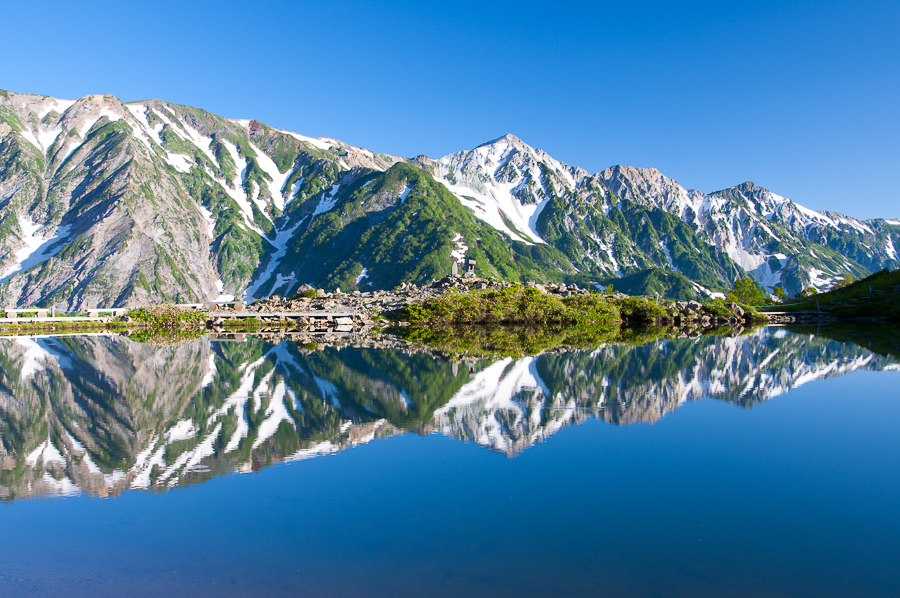
Christmas, summer holidays and Chinese New Year are also very busy times to visit the country, as are the summer months.
You may also want to avoid “The Golden Week” in Japan – a one-week period in Japan that celebrates 5 national holidays, beginning with Showa Day around April, 29 and ending with Children’s Day around May, 5.
Getting Around Japan
Japan is a large country and there are many ways to get around. The most popular options are by plane, train, bus, rental car, or private driver. In this article, we’ll explore each of these transportation options in more detail and provide you with information on how to make the most of them.
Plane: Flying is the quickest way to get around Japan and there are many domestic airlines that offer flights between cities. The main airports are in Tokyo, Osaka, and Nagoya, but there are also airports in other cities such as Sapporo, Fukuoka, and Okinawa. Flights between cities usually cost between 10,000 and 30,000 yen ($100-$300 USD) depending on the distance.
Train: Train travel is a popular way to get around Japan as the train network is extensive and covers most of the country. There are several types of trains in Japan, including shinkansen (bullet trains), limited express trains, rapid trains, and local trains.

Train fares start at around 200 yen ($2 USD) for local trains and go up to around 20,000 yen ($200 USD) for shinkansen tickets.
Bus: Bus travel is another common way to get around Japan and can be a cheaper option than train travel. Buses typically stop at all major towns and villages along their route so they’re a great way to see rural areas of the country. Bus fares start at around 1000 yen ($10 USD) for short trips and can reach prices of up to 10,000 yen ($100 USD) for long-distance trips.
Car Rental: Renting a car is a great way to explore Japan on your own schedule. Car rental rates start at around 5000 yen ($50 USD) per day and increase depending on the type of car you rent. Drivers in Japan must be over 20 years old and have a valid driver’s license from their home country.
Private Driver: Hiring a private driver is a great option if you want to avoid driving in Japan yourself or if you want someone else to take care of all the details for you. Private drivers can be hired for single trips or for tours of the country. Prices vary depending on the services provided but typically start at around 20,000 yen ($200 USD) per day.
Japan Entry Requirements
If you’re thinking of visiting Japan, or if you’re interested in moving there, it’s important to understand the entry requirements. For most countries, you’ll be stamped for 90 days upon arrival in the country, but if you’re not a citizen of one of those countries, you’ll have to apply for a tourist visa before arrival.
In this section, we’ll discuss the visa requirements for Japan and outline the other requirements you’ll need to meet in order to be permitted entry into the country.
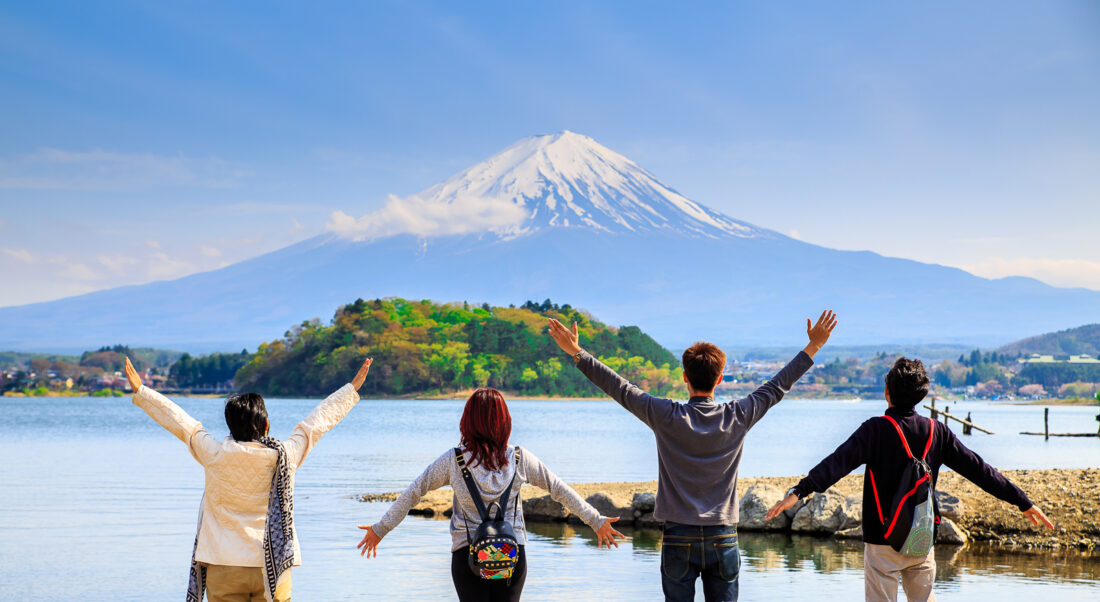
First of all, let’s take a look at the different types of visas that are available for Japan. There are three types of visas: tourist visas, transit visas, and working visas.
Tourist visas are available to people who are traveling to Japan for leisure purposes. Transit visas are available to people who are traveling through Japan on their way to another destination. And working visas are available to people who intend to work in Japan.
To be eligible for a tourist visa, you must have a valid passport and a return or onward ticket. You should also be able to show that you have enough money to cover your expenses while in Japan. The visa application process is relatively simple and you can find more information on the website of the Japanese embassy or consulate in your country.
To be eligible for a transit visa, you must have a valid passport and a confirmed flight itinerary showing that you’ll be passing through Japan on your way to another destination. You do not need to show that you have enough money to cover your expenses while in Japan. The visa application process is also relatively simple and you can find more information on the website of the Japanese embassy or consulate in your country.
To be eligible for a working visa, you must meet certain educational and professional qualifications. You must also have a job offer from a Japanese company and be able to show that you have enough money to cover your living expenses in Japan. The visa application process can be complicated and it’s best to consult with an immigration lawyer or consultant in your country.
Once you’ve obtained the appropriate visa, there are still other entry requirements that you must meet before being allowed into Japan. These include: having an adequate passport photo, having a valid passport, and having a valid visa (if applicable). You must also be able to show that you have enough money to cover your expenses while in Japan.
If you’re arriving by air, you’ll also need to show proof of vaccination against yellow fever if you’re traveling from a country where yellow fever is present.
Visa-Free Entry To Japan
The following nationalities do not need to apply for a visa before landing in Japan and will be stamped for 90 days upon arrival by land, sea, or air.
All European Union citizens
Andorra
Argentina
Australia
Bahamas
Barbados
Brunei
Canada
Chile
Costa Rica
Dominican Republic
El Salvador
Guatemala
Honduras
Hong Kong
Iceland
Indonesia
Israel
Lesotho
Liechtenstein
Macau
Malaysia
Mauritius
Mexico
Monaco
New Zealand
North Macedonia
Norway
San Marino
Serbia
Singapore
South Korea
Suriname
Switzerland
Taiwan
Thailand
Tunisia
Turkey
United Arab Emirates
United Kingdom
United States
Uruguay
Travel Resources

DiscoverCars
Discover Cars searches across all the main car rental sites and finds the best deal. Opt for full insurance coverage for more peace of mind and enjoy the freedom of a car.

Get-Your-Guide
Our go-to website for booking tours around the world. Get-Your-Guide has a massive library of cool local experiences in almost every country.

SafetyWing
The best travel insurance for full-time nomads by far. Get awesome rates, and excellent coverage, and sleep easy knowing you’re insured against COVID.

Viator
Another excellent tour booking engine that’s better for available tours in the US. Viator also has great local experiences around the world.

Booking.com
Our top choice for booking hotels and hostels, Booking.com is the easiest-to-use accommodation booking engine and often has the best prices on hotels.

Amazon Gear
Anything from backpacks and luggage, to AirTags and guidebooks, you’ll find everything you need for travel on the Amazon store.












